Albondigas Spanish Meatballs: The Spicy Secret Behind Spain’s Most Addictive Appetizer
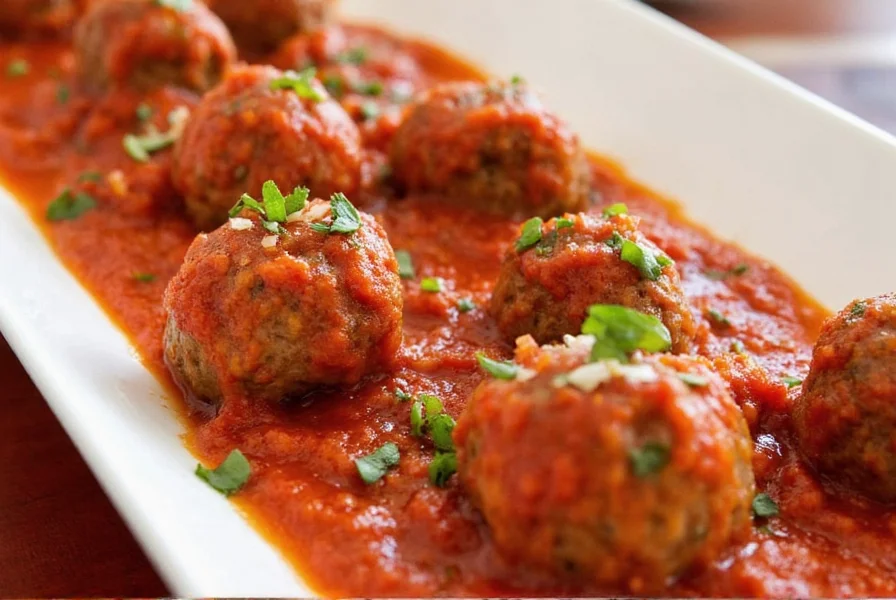
Table of Contents
- Introduction to Albondigas Spanish Meatballs
- The Spice Blend That Makes Albondigas Unforgettable
- How to Make Classic Albondigas at Home
- Spicy Variations and Regional Twists
- Pairing Albondigas with the Perfect Sides and Wines
- Buying Guide for Authentic Ingredients
- Conclusion
Introduction to Albondigas Spanish Meatballs
The word albondigas may sound exotic, but it simply means meatballs in Spanish cuisine. These tender, spiced morsels are a staple in Spanish tapas bars and home kitchens alike. But what makes them truly stand out is the perfect balance of herbs and spices that infuse each bite with warmth, depth, and just the right amount of heat.
Unlike Italian meatballs, which lean heavily on oregano and Parmesan, albondigas embrace the bold flavors of paprika (especially smoked paprika), garlic, parsley, and sometimes a touch of chili. They’re often served in a rich tomato or saffron-based sauce that elevates their flavor even further.
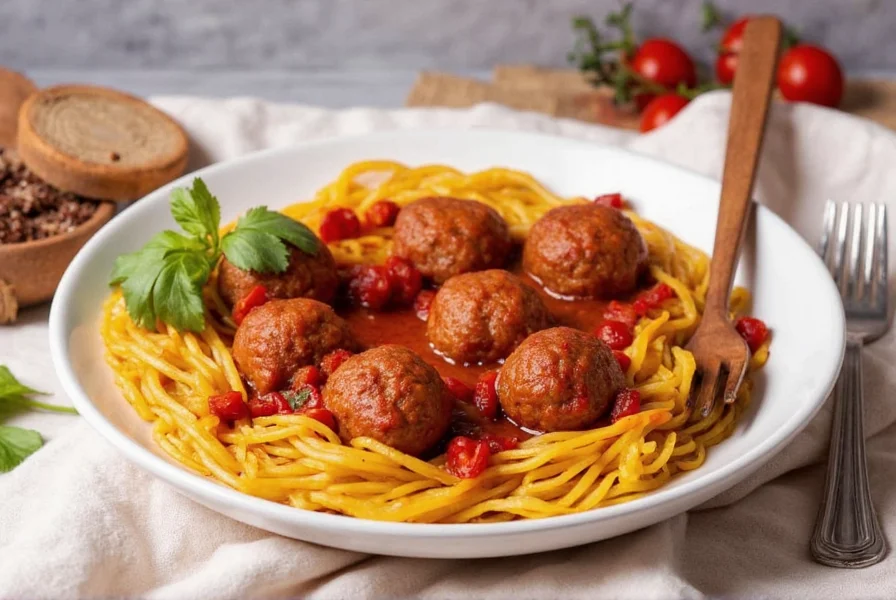
The Spice Blend That Makes Albondigas Unforgettable
If you want your albondigas to taste authentic, the spice blend is key. Here's the traditional lineup:
- Smoked Paprika (Pimentón de la Vera): This is the heart of Spanish flavor — smoky, sweet, or slightly spicy depending on the variety.
- Fresh Garlic: Minced finely and mixed into the meat for that unmistakable aroma.
- Dried Oregano: Adds earthy warmth and depth.
- Cumin: A Middle Eastern influence found in some regional recipes, especially those from Andalusia.
- Nutmeg: Just a pinch, to enhance the richness of the meat.
- Chili Flakes or Cayenne (optional): For those who like their meatballs with a kick!
| Spice | Flavor Profile | Usage Tip |
|---|---|---|
| Smoked Paprika | Earthy, Smoky, Sweet/Hot | Use Spanish Pimentón de la Vera for best results |
| Garlic Powder | Pungent, Savory | Combine fresh garlic with a small amount of powder for lasting flavor |
| Oregano | Herbal, Earthy | Add early to let flavors meld during cooking |
| Cumin | Nutty, Warm, Peppery | Toasted cumin seeds can be ground for extra depth |
| Chili Flakes | Spicy, Sharp | Adjust quantity to desired heat level |
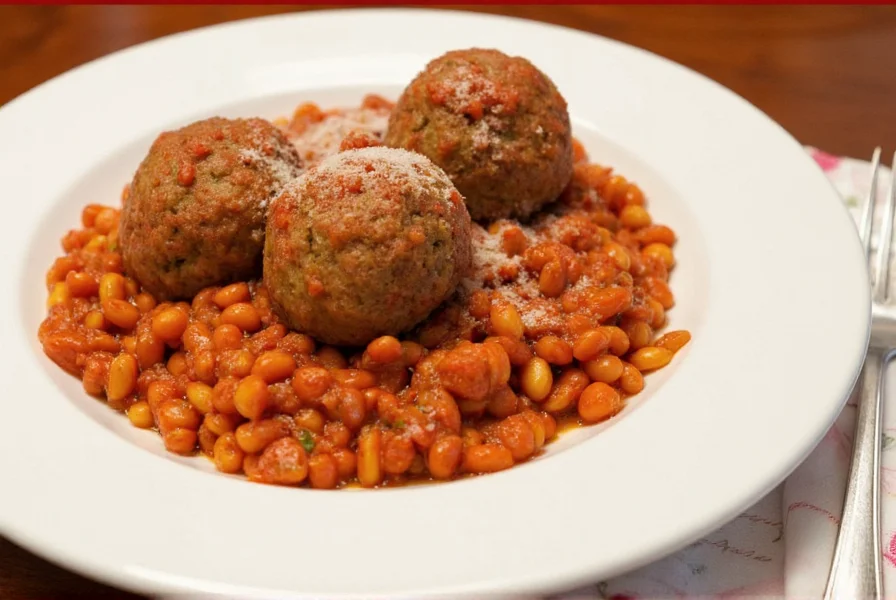
How to Make Classic Albondigas at Home
Making albondigas from scratch might seem intimidating, but once you get the hang of it, you’ll wonder why you didn’t start sooner. Here’s a step-by-step guide to crafting the perfect batch:
Gather Your Ingredients:
- Ground beef or a mix of beef and pork
- Breadcrumbs
- Egg
- Finely chopped onion
- Minced garlic
- Spices: smoked paprika, salt, pepper, oregano, cumin, optional chili
- Fresh parsley (for garnish)
- Sauce: tomato-based or saffron cream
Step-by-Step Instructions:
- In a large bowl, combine ground meat, breadcrumbs, egg, chopped onion, minced garlic, and all spices.
- Mix thoroughly using your hands until the ingredients are evenly distributed.
- Roll the mixture into small balls, about 1–1.5 inches in diameter.
- Heat olive oil in a pan over medium heat and cook the meatballs until golden brown and cooked through (about 6–8 minutes).
- Simmer them in your choice of sauce for an additional 10–15 minutes to absorb flavor.
- Garnish with fresh parsley and serve hot.
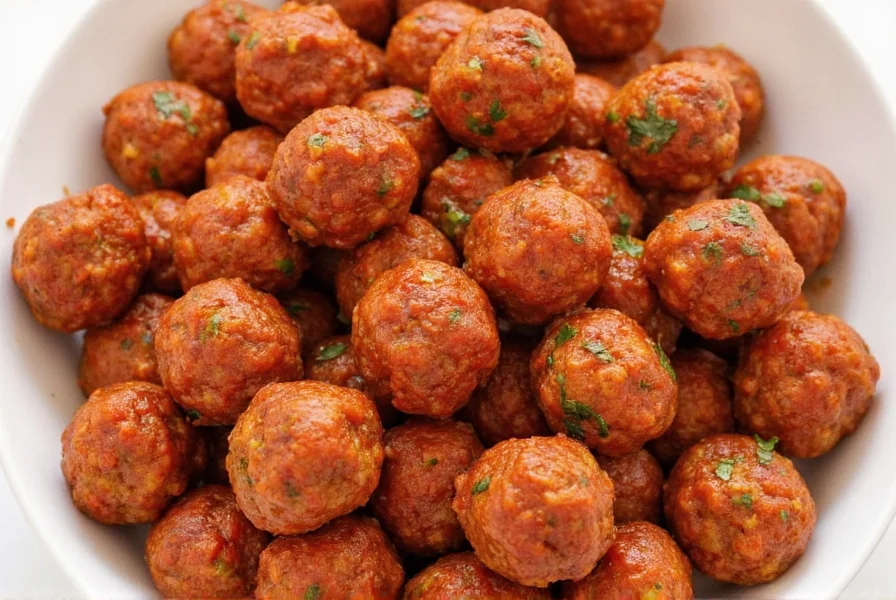
Spicy Variations and Regional Twists
While the classic recipe is always a crowd-pleaser, there are countless ways to tweak your albondigas based on personal taste and regional traditions. Here are a few popular variations:
Andalusian Style
- Includes almonds or pine nuts for crunch
- Uses saffron-infused white wine sauce
- Often served with fried bread slices
Catalan Style
- Infuses cinnamon and clove into the sauce
- Served with a creamy almond or sesame sauce
- Perfect for cold winter nights
Valencian Heat Kick
- Amplifies the spice with chorizo fat and chili paste
- Tomato-based sauce gets a deep, smoky edge
- Ideal for spice lovers
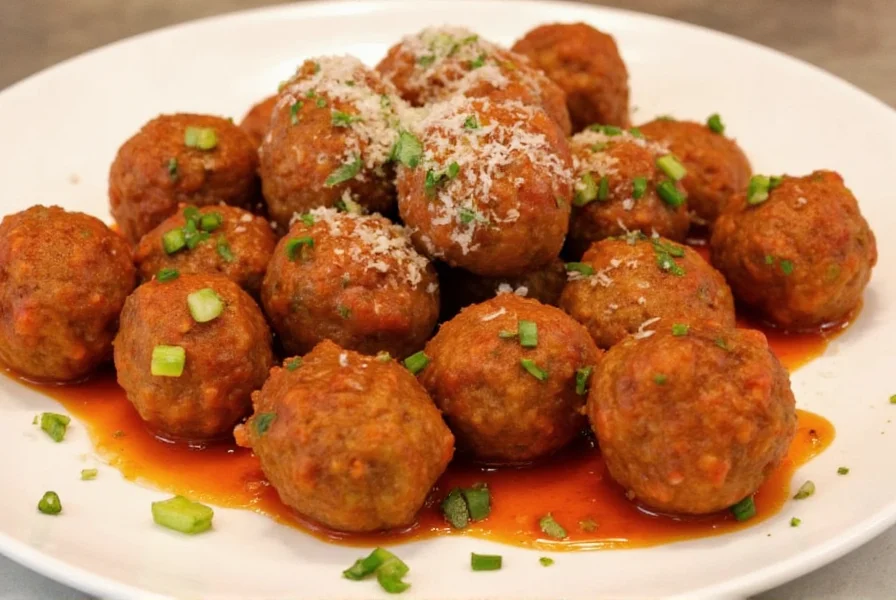
Pairing Albondigas with the Perfect Sides and Wines
Albondigas shine brightest when paired with complementary sides and wines. Whether you're serving them as tapas or a main dish, here are some top pairings:
Top Side Dishes:
- Crusty Bread: Ideal for soaking up every last drop of sauce.
- White Rice: Especially saffron rice for added Spanish flair.
- Roasted Vegetables: Like peppers, zucchini, and eggplant drizzled with olive oil.
- Green Salad: Light vinaigrette balances the richness of the meatballs.
Wine Pairings:
| Wine Type | Why It Works | Recommended Bottle |
|---|---|---|
| Tempranillo | Medium-bodied with berry and spice notes that complement the paprika | Marqués de Riscal Reserva |
| Garnacha | Full-bodied, fruity, and bold enough for spicy versions | Bodegas Muga Rosé |
| Albariño | Light, citrusy, great contrast to rich sauces | Pazo de Señorans Albariño |
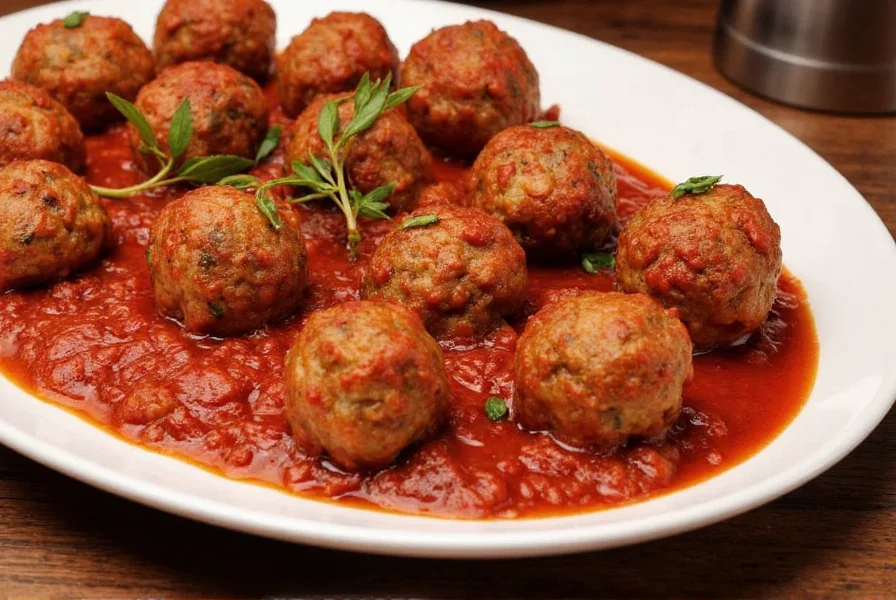
Buying Guide for Authentic Ingredients
Creating authentic albondigas starts with sourcing the right ingredients. Here's a handy guide to choosing quality items that bring out the true essence of Spanish cuisine:
1. Smoked Paprika (Pimentón de la Vera)
- Features: D.O.P. certified Spanish paprika, known for its deep smoky flavor.
- Advantages: Enhances both color and aroma; available in sweet, bittersweet, and hot varieties.
- Use Case: Essential for seasoning the meat mixture and finishing sauces.
- Best Brands: La Dalia, Pipo, or any brand labeled “Pimentón de la Vera” for authenticity.
2. Spanish Chorizo (Optional)
- Features: Cured sausage with paprika, garlic, and spices.
- Advantages: Adds richness and umami when mixed into the meat or used as a topping.
- Use Case: Great for adding depth to the sauce or mixing directly into the meatball base.
- Best Brands: Fermin, Arturo Sánchez, or Villarreal for authentic taste.
3. Saffron Threads
- Features: The most expensive spice by weight; imparts a golden hue and floral aroma.
- Advantages: Elevates both flavor and visual appeal of albondigas sauce.
- Use Case: Soak in warm liquid before adding to sauce for best infusion.
- Best Brands: Spanish or Iranian saffron, sold in small tins or glass vials.
4. Breadcrumbs (Pan Rallado)
- Features: Finely ground dry bread crumbs typical in Spanish dishes.
- Advantages: Helps bind the meatballs without making them dense.
- Use Case: Crucial for achieving the right texture in the meatball.
- Best Brands: Homemade or premium brands like Panzani or Goya.
5. Olive Oil
- Features: Extra virgin olive oil with a fruity, peppery profile.
- Advantages: Used for frying and enhancing overall flavor.
- Use Case: Ideal for cooking the meatballs and building the base of the sauce.
- Best Brands: Castillo de Canena, Carbonell, or any high-quality Spanish brand.
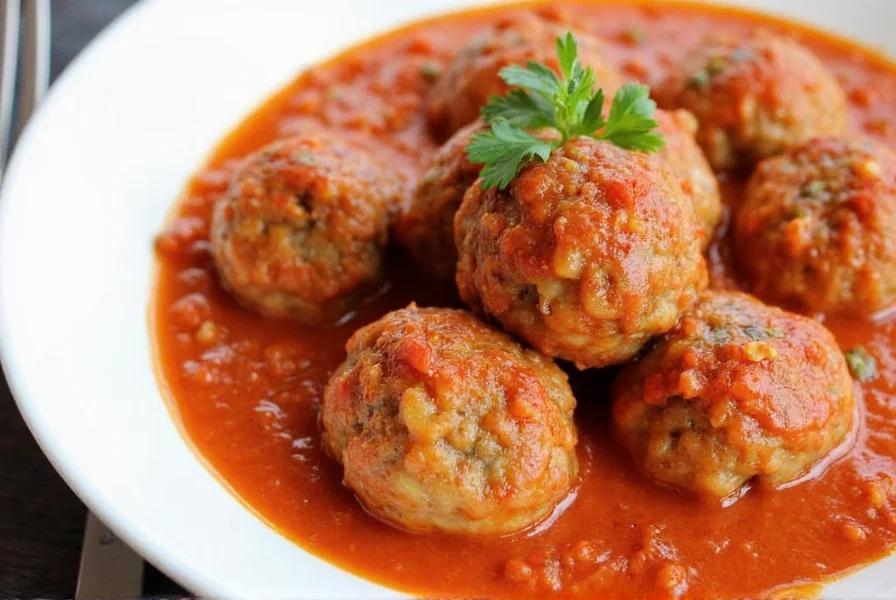
Conclusion
Albondigas Spanish meatballs are more than just tapas — they’re a celebration of spice, culture, and culinary tradition. From the smoky pimentón to the hint of garlic and the occasional fiery kick, these little spheres pack a big punch. Whether you stick to the classic version or experiment with regional twists, albondigas are guaranteed to impress at dinner parties, family meals, or lazy Sundays.
So next time you're craving something hearty yet refined, roll up your sleeves, gather your spices, and dive into the world of Spanish meatballs. You won’t regret it!
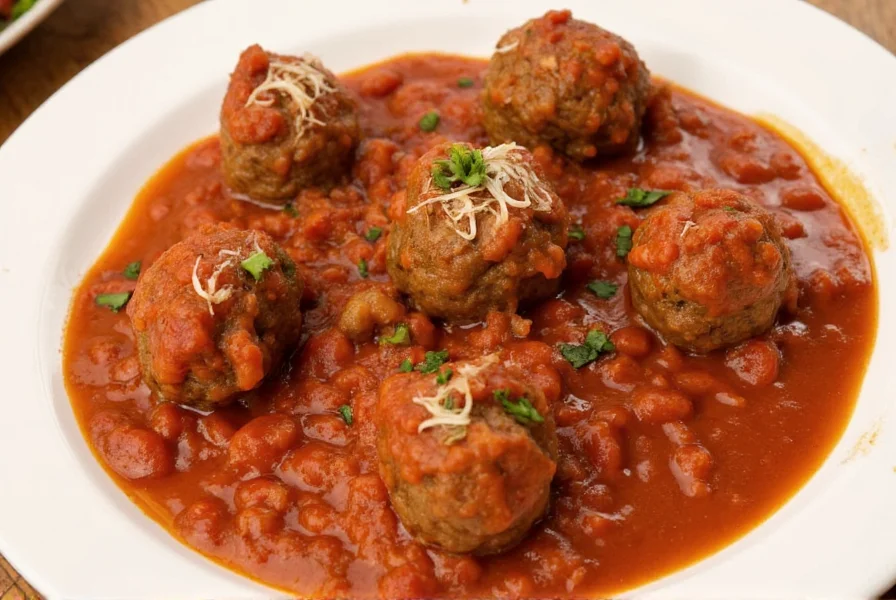

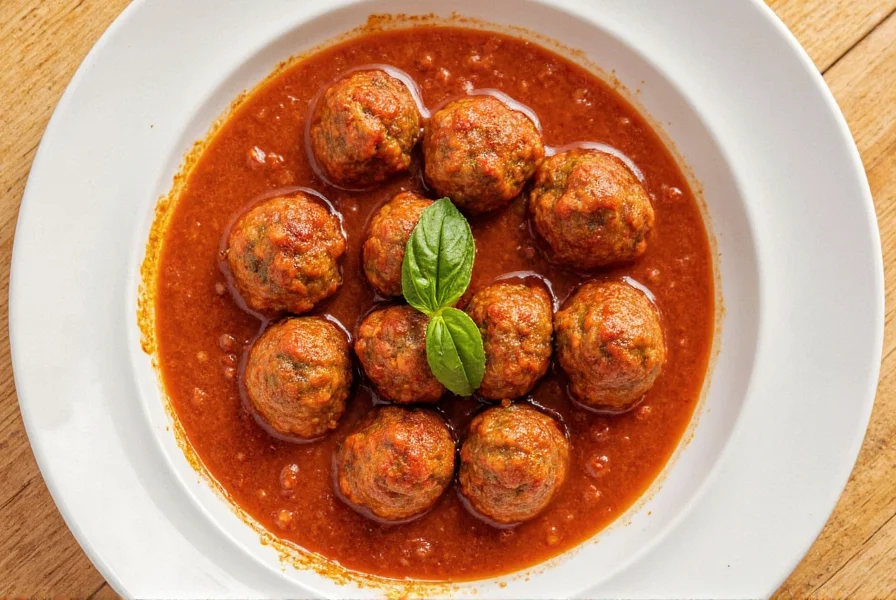









 浙公网安备
33010002000092号
浙公网安备
33010002000092号 浙B2-20120091-4
浙B2-20120091-4